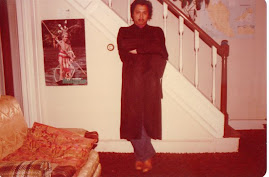With the money Atuk Usop won from the Lottery, he wanted to visit his relative in Kuala Lipis. The trip from Senaling to Kuala Lipis is expected to take 1 whole day. Atuk Usop hired Pakcik Abok's taxi for 3 days and off we went. The other car is Ulong Leman's white Volkwagen - BH120. The whole family cramped into these 2 cars and we left one very early in the morning. Ina (the eldest of Abah Rahman's) was the 'selalu mabok' one and at every few miles, we have to stop for her to puke by the road side. The plan was to spent the whole of the 2nd day in Kuala Lipis and return home to Senaling on the 3rd day.
We detoured to Fraser's Hill on the way up. We had lunch on the way. The temperature at Fraser's Hill was still cool then. We even drink water from the cool spring water coming out of the hills. It was a long trip; the road from Bentong to Kuala Lipis was still not tarred yet. We had to go along this muddy brown road. Nevertheless, we reach Kuala Lipis late that evening. The house was behind the Kuala Lipis mosque, next to the Pahang River. There were a lot of floating houses; tied to the banks of the river. It was the first time I saw these houses. I do not know if these houses still exists now. We, young boys went swimming by the river's edge and spent the whole of the next day in Kuala Lipis.
We left for home the third day, of which the trip takes us another whole day. Chugging along the muddy Kuala Lipis-Bentong road, we made it home that late evening. Atuk Usop was very happy with the trip; since he had not seen his relative (I do not know how was he related); for a very long time. That was the longest trip I had ever made in a car for many years!
2 years ago
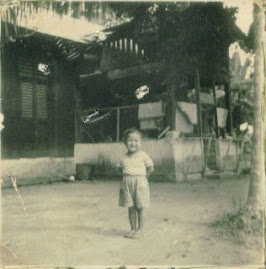.jpg)
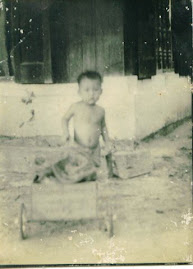.jpg)

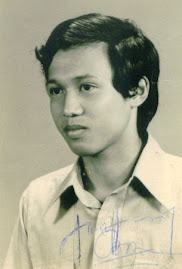.jpg)

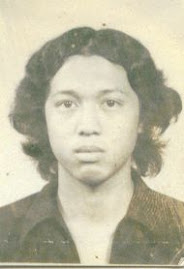.jpg)






















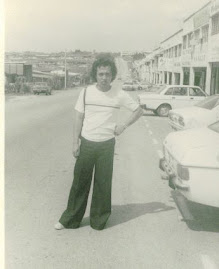.jpg)
.jpg)
.jpg)
.jpg)

.jpg)




























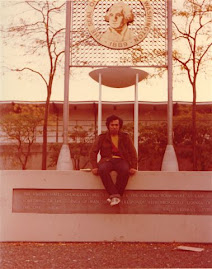.jpg)


.jpg)
